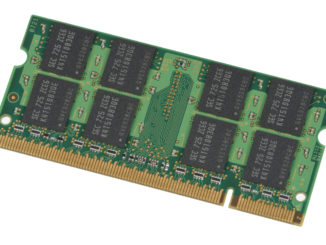
Hardware and AI Timelines

AI Timelines

AI Timelines

Hardware and AI Timelines

AI Timelines

AI Timelines

AI Timelines

AI Timelines

AI Timelines

AI Timelines

AI Timelines